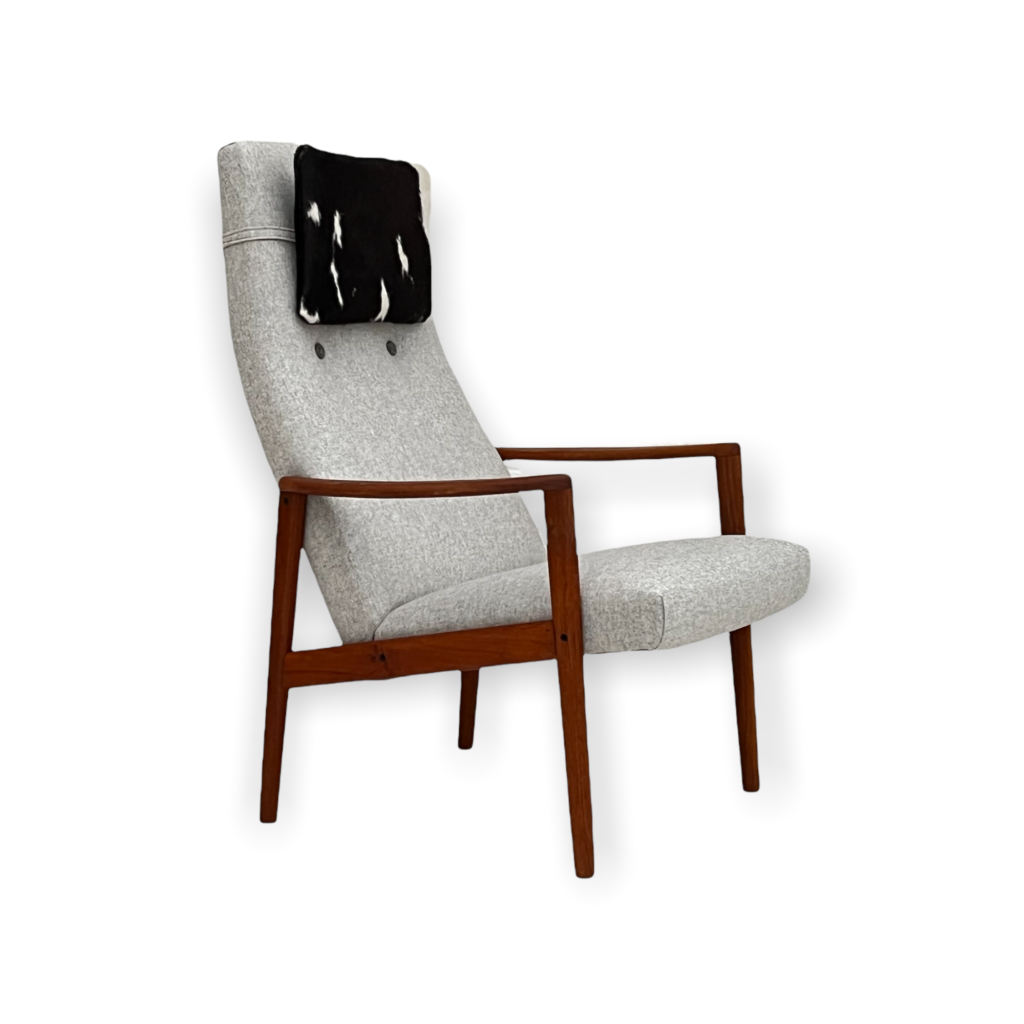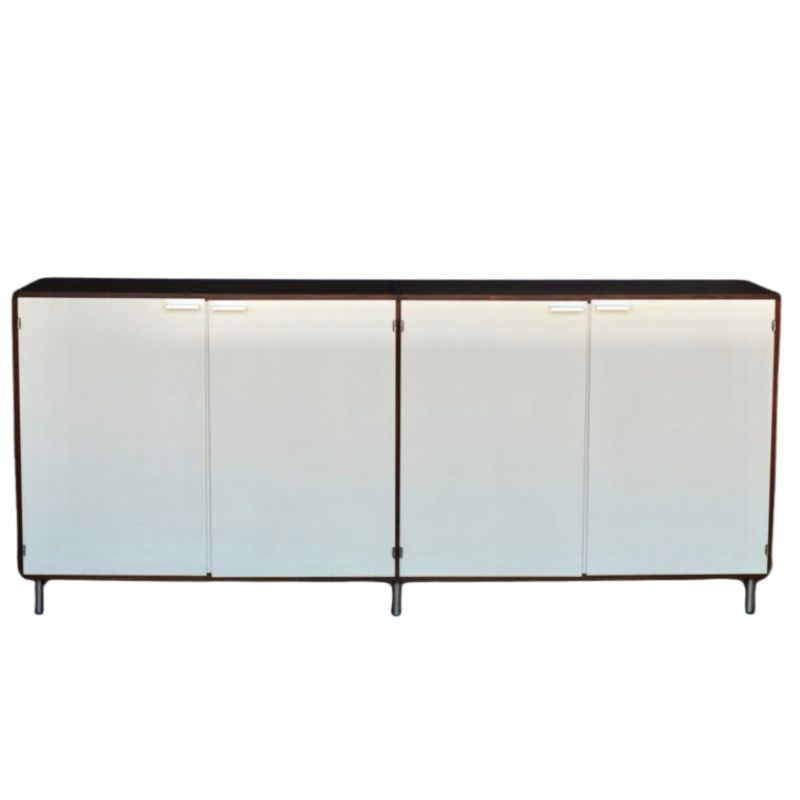.
Its good isn't it? I'm sure you've seen similar in states of disrepair, I'm curious about the rails and how they connect to the thick turned dowell on this and the 'japan' chairs.
Does anyone know of anywhere online there might be reasonably detailed plans for some of these pieces or similar?
If once a year
...DA-ers provide this site with a link of this quality, it's worth to look for it every single day! Thanks Heath, it is such a pleasure to look at. The methods are sometimes unusual but the basis is always right: "Start with using the right tool, if in doubt make a jig, if still in doubt make a new tool, if any doubt is left build a machine".
Strange what attracts one to a design...
This chair is okay, but what I love about it are the disks for hand rests. They are perfect for handling while seated--a feature most chairs lack. If there were more disks on chair arms like these, I doubt that destructive smoking and drinking would have ever survived as long as they have. Having something to do with one's hands during relaxation or reflection is so desirable. I can just imagine my father's nervous thumbs and index fingers rubbing these disks instead of reaching for another Lucky. He might still be with me had we found this chair, or something like it.
I'd like to make something wi...
I'd like to make something similar with round legs, thats how I found the link.
Can anyone elses brain tell me if the rails and stretchers pass straight into the legs or if there are finely made rounded cheeks and shoulders to the tenon?
I suspect they just pass straight into an oblong mortise but want to find out before I go making sawdust.
The
cheeks and shoulders of such mortised joints seem to be taken to add rigidity (and certainly do assure correct alignment). With today's glues they are not strictly necessary. If you can make a neat, tight mortise that is the exact shape of your tenon (i.e, the rail) you may consider eliminating that step, I think.
If you need any help, please contact us at – info@designaddict.com









